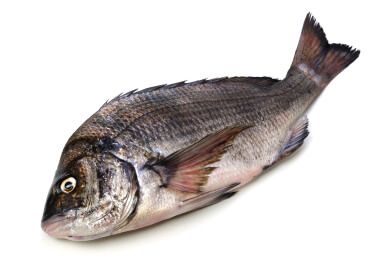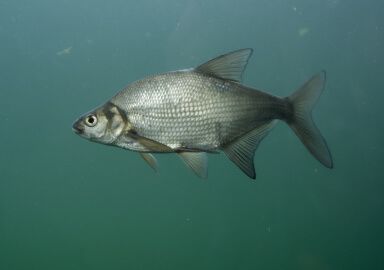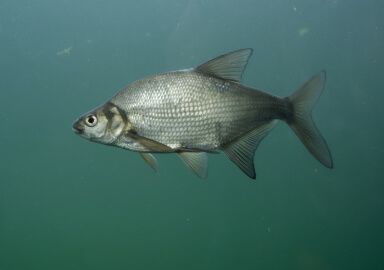Fingermark Bream
Fingermark bream are a medium-sized coastal marine predator of the Indo-Pacific region and a top sport fishing target in northern of Australia.
View 2 listings
2
listings
–
price starting from
2
countries
–
to the nearest trip
Where and When?
Fingermark bream are an Indo-Pacific fish distributed from the Red Sea southward around Africa to South Africa, then eastward around northern Australia to Fiji, then westward and northward again past southern Japan. At all stages of their lives, they prefer to be close to structure, be it coral reefs, piers and jetties or, when small, estuarine vegetation and mangroves. In terms of depth, they can be found in very shallow waters down to about 80 m. (262 ft.) and around parts of Australia they are the dominant large snapper found on many reefs.
Overall, the fingermark bream are generally a nearshore species, but can be found offshore, such as in areas of the Great Barrier Reef, when conditions suit them. Despite the general movement offshore as they grow, some specimens, particularly in Australian waters, remain in estuaries throughout their lives. In the warmer areas, the fingermark bream can be caught all year round.
About Fingermark Bream
Fingermark bream is also known as golden snapper and John’s snapper, or under its Latin title Lutjanus johnii, is a snapper of the Lutjanidae family. They have a typical bream appearance with a steep sloping forehead, smallish mouth armed with many medium-sized pointed teeth, and large eyes. The bodies are yellow, often with bronze tints, and each scale has a rusty coloured spot in the centre that gives the fish an impression of a series of parallel lines running down the body. There is also often a large dark “fingerprint” mark below the front of the posterior dorsal fin.
The fingermark bream can attain 97 cm (38 in.) with a mass of 10.5 kg. (23 lbs.), although sizes of about 50 cm. (20 in.) are much more common. They are predators, feeding initially on benthic (bottom-living) invertebrates, but quickly begin to include small fish in their diets. Juveniles are generally found in estuaries and mangrove areas while, as they grow, they move progressively out to deeper, mostly coral, reefs. Larger adults often form shoals around structures such as reefs, wreck and piers.
How to Catch?
Throughout the northern half of Australia, in the creeks, estuaries, harbours, bays and reefs, the fingermark bream has developed a near cult following among light tackle anglers. This species can grow quite large, fight well and are tasty and this combination, combined with the fact that they are often available close to urban areas, results in a lot of effort being directed towards them.
Fly fishing can be fun and productive in suitable shallow, clear water areas, but the species tends to live close and seek cover, making this a challenging option. Most fingermark bream are caught on light to medium spinning tackle that would be suitable for bass fishing. Shore and jetty fishing can work well in suitable areas, but small boat fishing is usually the chosen base for fingermark bream fishing.
Casting soft or hard lures, pieces of dead bait or even small live fish towards structure and retrieving them is an exciting way to entice a bream to strike. Retrieving a lure quickly on the surface over shallow structure can be exciting and productive, but fingermark bream "fight dirty" and many will get lost in the structure. Most fishes in the catch are not massive, but even so, catching a medium sized one can be satisfying, rewarding and often not too difficult to achieve.









